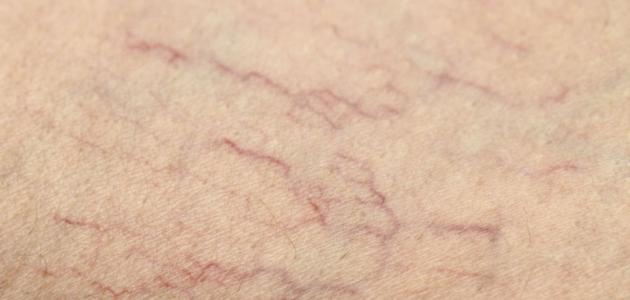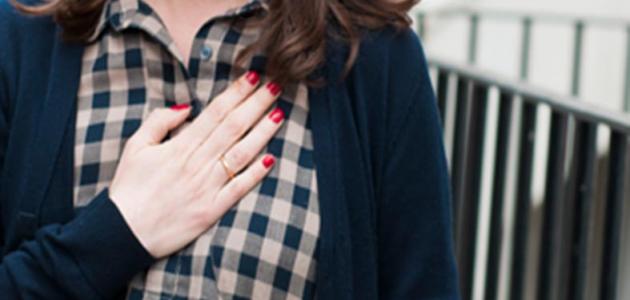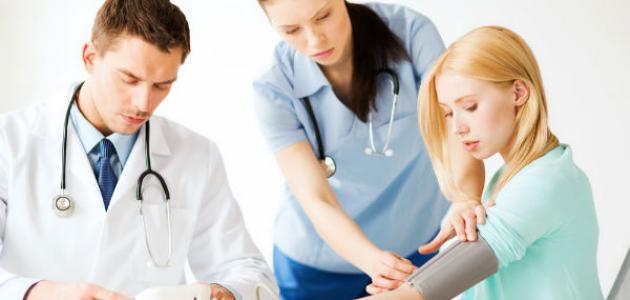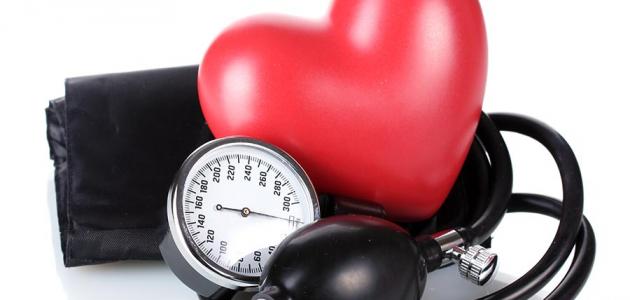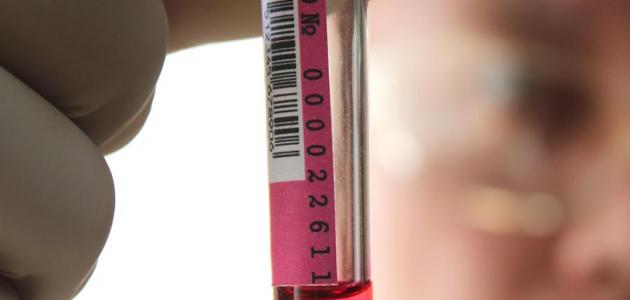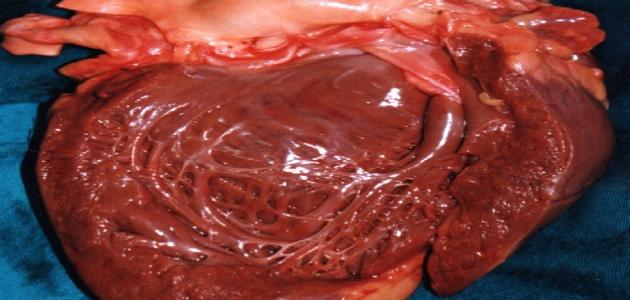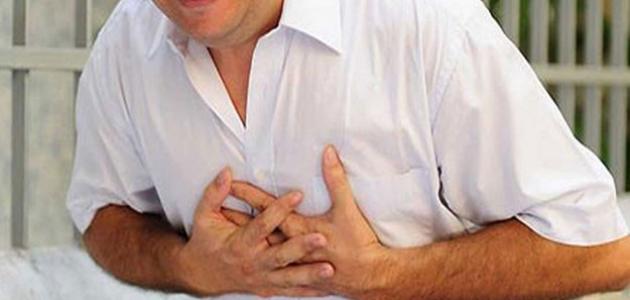Contents
Varicose veins disease
Varicose veins disease is a common disease among many people, regardless of gender, male or female, but the possibility of infection is higher in women compared to men, and this disease is known as a sprain or enlargement of the veins of the feet and thighs, or the occurrence of twists in them, These veins return the blood that lacks oxygen to the heart and lungs, and we will talk in more detail about this disease, in terms of: its types, causes, symptoms, and ways to prevent it.
Types of varicose veins
- Primary varicose veins: This type of varicose veins occurs on its own, so it is not preceded by a disease that leads to it, and this type usually occurs in those who suffer from a genetic weakness in their intermediate tissues, and the disease is often accompanied by other diseases such as: hernia, varicocele, and anal hemorrhoids , And flat feet.
- Secondary varicose veins: Secondary leg varicose veins arise as a result of a specific cause, or as a complication of other diseases and health disorders such as blood clots.
Methods of preventing varicose veins
- Avoid standing for a long period of time, so you must sit, even for a few minutes, from time to time, taking care to move the toes in the shoe in order to keep the blood moving, and not to collect it in the veins only.
- Avoid relying solely on birth control pills for a long period of time, and the need to diversify the contraceptive methods used.
- Take care to exercise regularly, in order to maintain body fitness and prevent laziness, and thus the continuation of blood flow in the body.
- Weight loss, especially for those who are obese.
- Reducing foods high in cholesterol or fat; Because it negatively affects the blood vessels.
- The need to quit smoking because of its destructive effects on blood vessels.
Causes of varicose veins disease
- If a person suffers from a heart-related disease, such as: weak heart muscle.
- Standing for a long period of time on the feet frequently, as is the case with those who sit for long periods.
- Obesity.
- High level of cholesterol and fats in the blood.
- Hereditary reasons, as the possibility of this disease increases in a woman whose mother was infected with this disease.
- Taking some medications that affect hormones in the body and blood circulation in it.
- Frequent pregnancy and childbirth.
- Exposure to a health problem in the pelvic nerves.
- Old age.
Symptoms of varicose veins
- Swelling and pain in one or both legs.
- Visible cyanosis in the leg.
- Leg ulcers appear when the condition gets worse.
- Feeling very itchy in the legs.
